Anne Fogarty was a trailblazer in American fashion, renowned for her chic yet accessible designs that epitomized mid-20th-century elegance. Active from the 1940s through the 1970s, Fogarty carved out a niche for herself by crafting garments that combined the sophistication of haute couture with the practicality and affordability sought by the everyday woman. Her designs were marked by their understated femininity and attention to detail, drawing inspiration from Dior’s New Look, which she adapted to suit the American market. Fogarty’s ability to create stylish, well-made clothing that was both versatile and easy to wear made her a beloved figure in the fashion industry and a favorite among women who desired both fashion and function.
Fogarty’s rise to fame was as much about timing as it was about talent. After starting her career as a model in New York, she transitioned into fashion design at a moment when American women were looking for styles that could bring a touch of glamour to their post-war lives without sacrificing comfort or practicality. Her full-skirted dresses with fitted bodices became signature pieces, embodying the era’s ideals of feminine beauty while remaining accessible to those on a limited income. In 1959, Fogarty published *Wife Dressing: The Fine Art of Being a Well-Dressed Wife*, a style manual that captured the essence of her design philosophy—emphasizing the importance of being well-dressed, neat, and feminine in every aspect of life. This book has since become a valuable resource for those interested in the fashion and social norms of the 1950s.
Throughout her career, Fogarty consistently produced designs that resonated with the evolving tastes and lifestyles of American women. From her early work at Youth Guild and Margot Dresses to her tenure at Saks Fifth Avenue and her own label, Anne Fogarty Inc., she remained committed to creating clothing that was both fashionable and functional. Her later years saw her embracing the trends of the 1960s and 1970s, from A-line dresses to peasant-inspired looks, while still maintaining the elegance and wearability that had become her trademark. Even after closing her business in 1974, Fogarty continued to design until her death in 1980, leaving behind a legacy of timeless fashion that continues to inspire vintage enthusiasts and designers alike.
How to tell if Anne Fogarty is vintage from the logo
Anne Fogarty was an iconic American fashion designer, known for her timeless and elegant designs. Her brand is cherished by vintage enthusiasts, and the logo can be a key indicator of whether a piece is truly vintage. Below is a guide to identifying the vintage era of Anne Fogarty clothing based on the logo.
1950s to 1980s Anne Fogarty logo
- The logo features a distinct handwritten script style, which reflects the personal touch and high fashion of the mid-20th century.
- The text is slanted with exaggerated, elongated strokes, particularly on the letters “A” and “F”.
- This logo was prominent during the height of Anne Fogarty’s career, making it a strong indicator of vintage authenticity from the 1950s to the 1980s.
- The unique style of the signature-like logo is characteristic of the era’s branding, focusing on elegance and designer-driven identity.
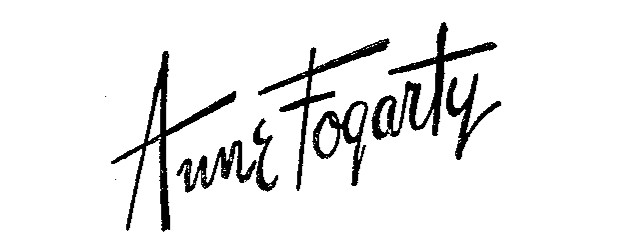
1950s to 1980s Anne Fogarty logo
How to tell if Anne Fogarty is vintage from the tags
The evolution of Anne Fogarty’s brand labels over the decades reflects her journey in the fashion industry. Her labels showcase a variety of designs, ranging from simple cursive scripts to more elaborate brand names, each indicative of the era in which they were produced. The following guide will help you identify whether an Anne Fogarty garment is vintage by examining the details on the tags.
Need assistance with vintage tags or labels? Upload a picture on our vintage tag identification page, and we’ll help you out!
1950s vintage Anne Fogarty tags
- Features a cursive script of “Anne Fogarty” often embroidered in red or black.
- Tags are rectangular, with clean and elegant lettering.
- The brand name often stands alone without additional descriptors or logos.
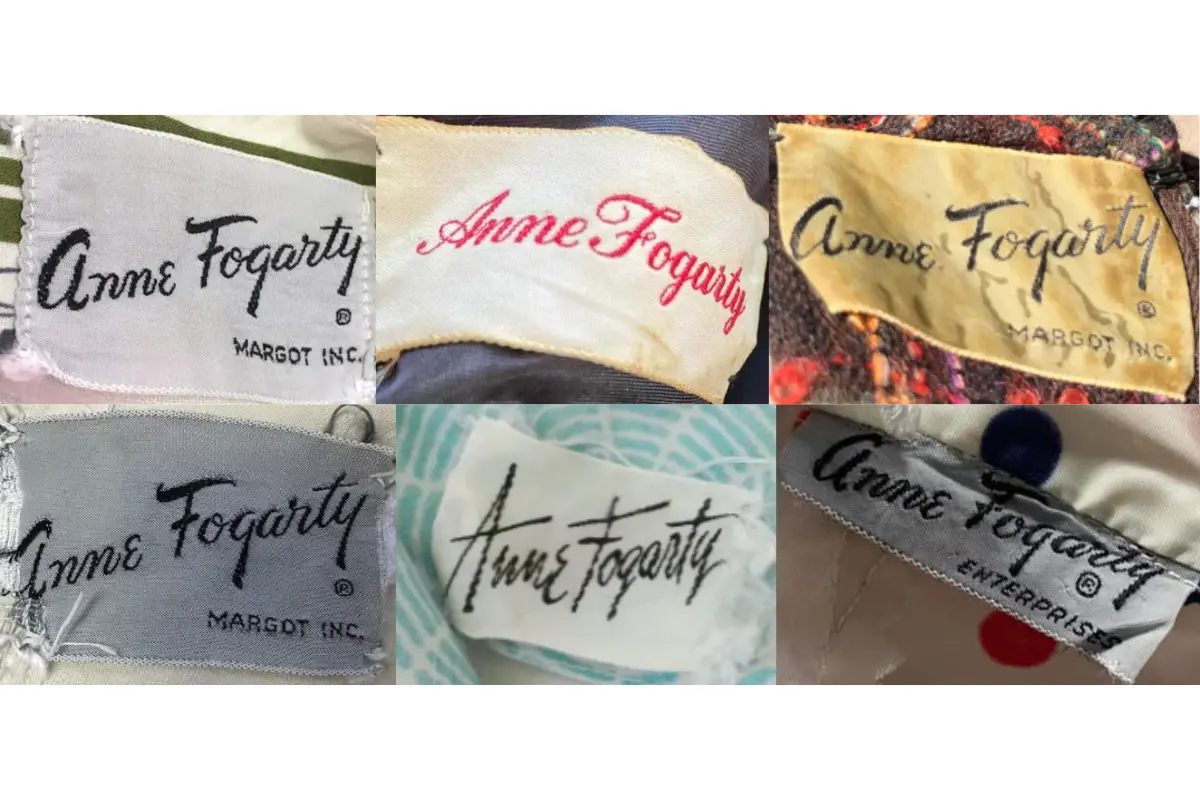
1950s Anne Fogarty tags
1960s vintage Anne Fogarty tags
- Continues to use the cursive “Anne Fogarty” logo, but with the addition of “Margot Inc.” indicating the production company.
- Tags are rectangular and may appear in black, red, or blue embroidery.
- Some tags also include the registered trademark symbol (®).
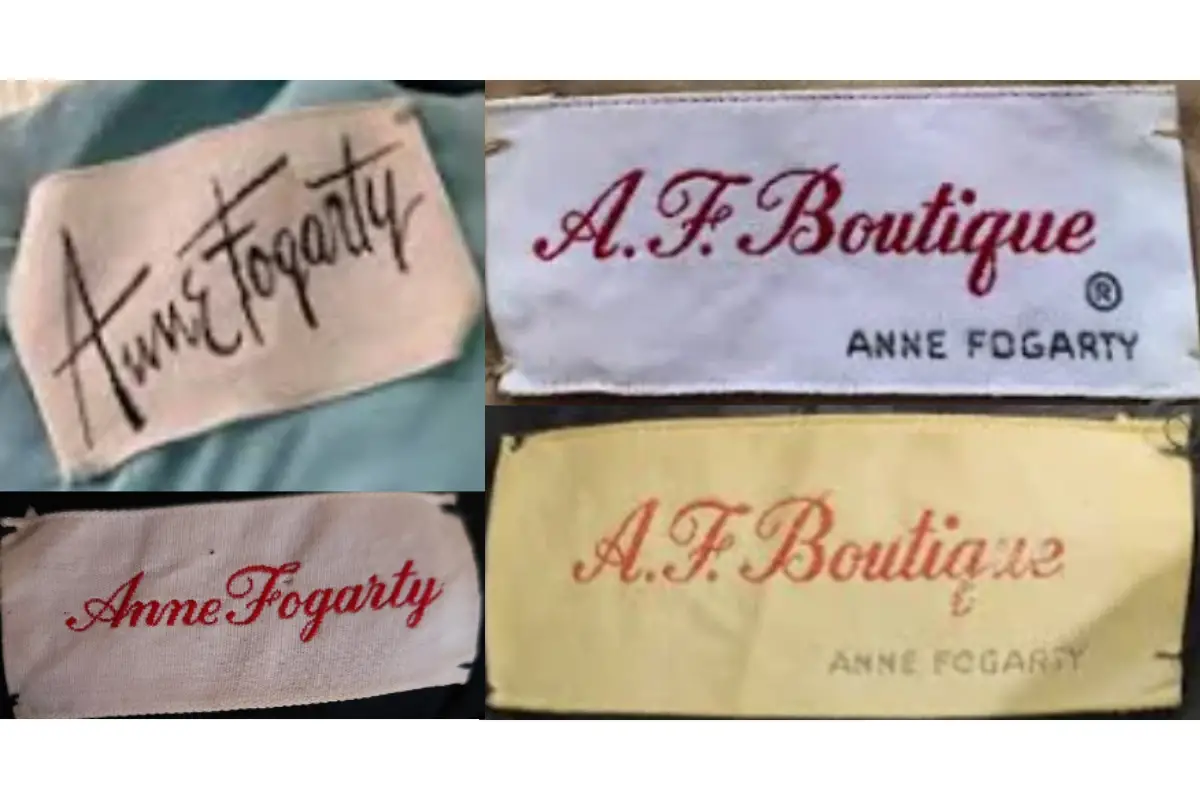
1960s Anne Fogarty tags
1970s vintage Anne Fogarty tags
- The “Anne Fogarty” script remains but is often accompanied by “A.F. Boutique” on some labels.
- Tags vary in shape, including both rectangular and square options, with some featuring a bold serif font for “A.F. Boutique”.
- Different color schemes are used, such as black, red, and white, on various fabric backgrounds.
- Some tags also include additional descriptors like “Collector’s Items” or “Knits” to specify the garment type.

1970s Anne Fogarty tags


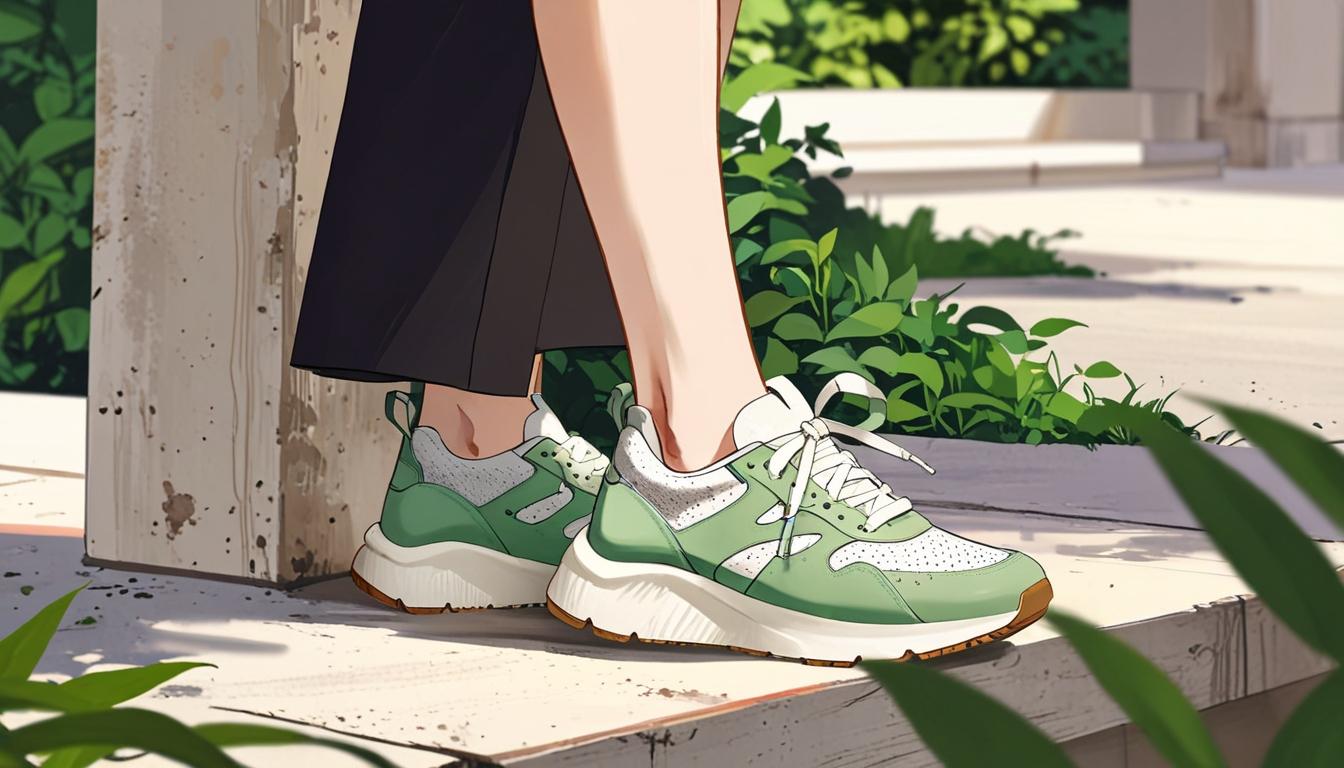
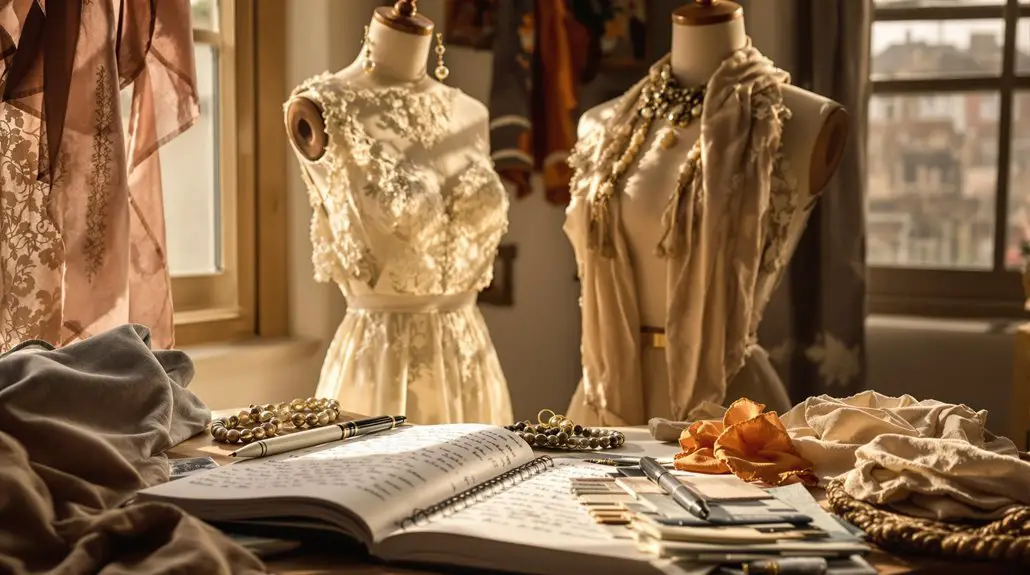
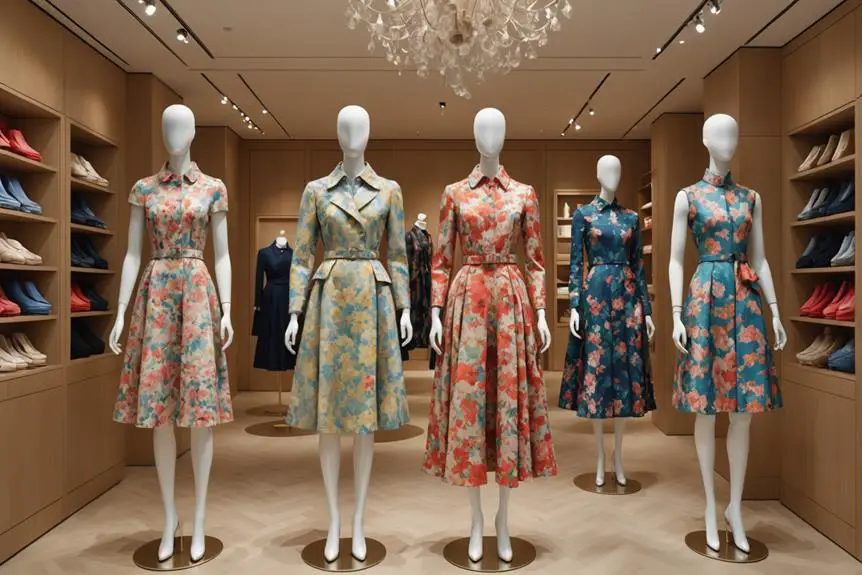
I love your writing style really enjoying this site.